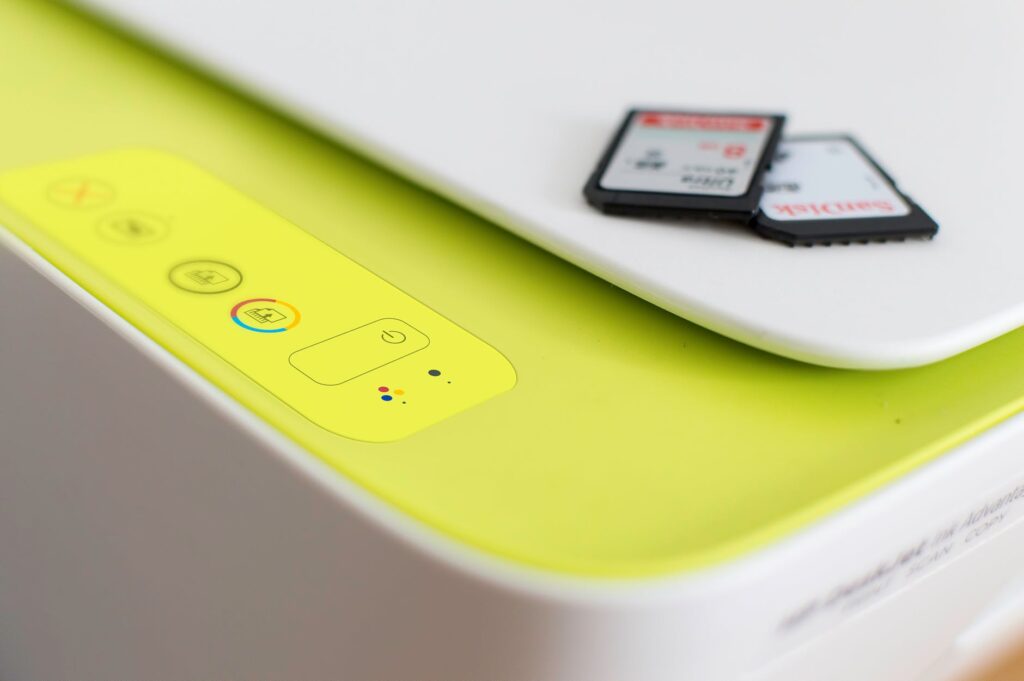What Is Direct To Garment – DTG Printing?

What is DTG Printing? – Direct to Garment Printing Process
As an entrepreneur, once you take a step into the t-shirt printing industry, you are most likely to be faced with a variety of printing methods. The most popular methods being Screen printing and Direct to Garment (DTG) printing. To most, if not all t-shirt printing business owners, DTG is a step above the traditional screen printing method. Now, there are a whole lot of factors that will determine which to go for, but in this article, we will be focusing on DTG printing. What is Direct to Garment printing all about? What makes it stand out?
The advent of DTG printing can be traced way back to 1996, starting with the development and introduction of the first commercially available DTG printer, aptly called “Revolution.” And it was indeed the start of a revolution from the traditional printing techniques to a digitalized solution that offers much more than what was available. A lot of other trends followed in the DTG printing industry, but the game changers occurred in more recent times following significant technological advancements.
What Makes DTG Printing Stand Out?
Direct to Garment printing, as the name implies, is a fast and straightforward method of printing graphics on textiles or apparels. The process is highlighted by the use of innovative inkjet technology to make prints on materials, using any/combination of any of the millions of color combinations made available in the digital inkjet printer. Thus, creating a high-quality image that will maintain its original form on the garment for years to come. Put simply, you can think of it as your regular printer, but instead of printing on your paper, the graphics are printed on apparel – DTG printing is that straightforward.
DTG printing can, in some cases, also be referred to as inkjet-to-garment printing, digital garment printing or digital apparel printing. Unlike other forms of garment printing, this method is not affected by color limitations; allowing for much more, as there is no need to match colors by pantones or by ink. The result on garments are prints that are as close as possible to true color when compared to that of screen printing.
Garment printing with a digital inkjet printer is as simple as can be, but it might take a number of experiments to master its perfection. There is a need to invest in the best DTG printers, and as well experiment on and master color combinations and its compatibility with different textiles, if you want to deliver high-quality results, always.
How Does the DTG Printing Process Work?
Printing on any garment is made possible, as well as affordable, owing to the fact that unlike traditional printers, DTG printers don’t require set-up time or a minimum limit to the number of prints. Hence, it is possible to take in order for a t-shirt; download an image of the internet, send it to the printer, then print, cure and have the t-shirt ready within five minutes. This is possible due to the ease of operability, and the fact that the number of colors applicable to a design does not affect printing costs.
The digital technology used in DTG printing also allows for the printing of photorealistic image through the use of the CMYK (cyan, magenta, yellow, and the key color) color model. Also referred to as four-color processing, these model uses combinations of these colors to generate all the colors needed to print a digital design.
Garments to be printed on are pre-treated to give room for a smoother substrate and allow for easy bonding between the garment and the ink. To achieve this, the machine is to be adjusted to a right pre-treat level between 1% to 200% saturation. The saturation level also provides a guide which the ink level will have to correspond to; as this allows for sharp, permanent prints.
DTG printers make use of Japanese water-based textile inks, specially formulated and cured for use by the inkjet printers. Due to the nature of the ink used in DTG printing, the process is most suitable for use on 100% cotton. It is also suitable for materials made of linen, bamboo and other natural fibers, as well as for tri-blends, CVCs and other materials that are to an extent made up of cotton.
The pre-treated garment is held in place in the fixture of the printer designed for holding the garment, while the printer prints the input design on the shirt. During printing, the printer jets or spray the inks on to the garment, which soaks into the fibers to stain them permanently. After which heat is applied, to dry the ink.
The Benefits of Direct to Garment Printing
Color versatility – DTG printing allows for varieties of colors to be printed simultaneously, and these colors are delivered with as much accuracy as is possible. It also offers extensive color variations to choose from.
Design precision – printed designs or images are highly detailed when compared to the results of a traditional printing.
Cost-effectiveness – unlike screen printing where there is a minimum to the number of apparels that can be printed on to save ink and costs, DTG allows for the printing of a t-shirt at an affordable rate. In essence, they are cost-effective for small batches. As well, DTG printing does not require a whole lot of upfront investment.



